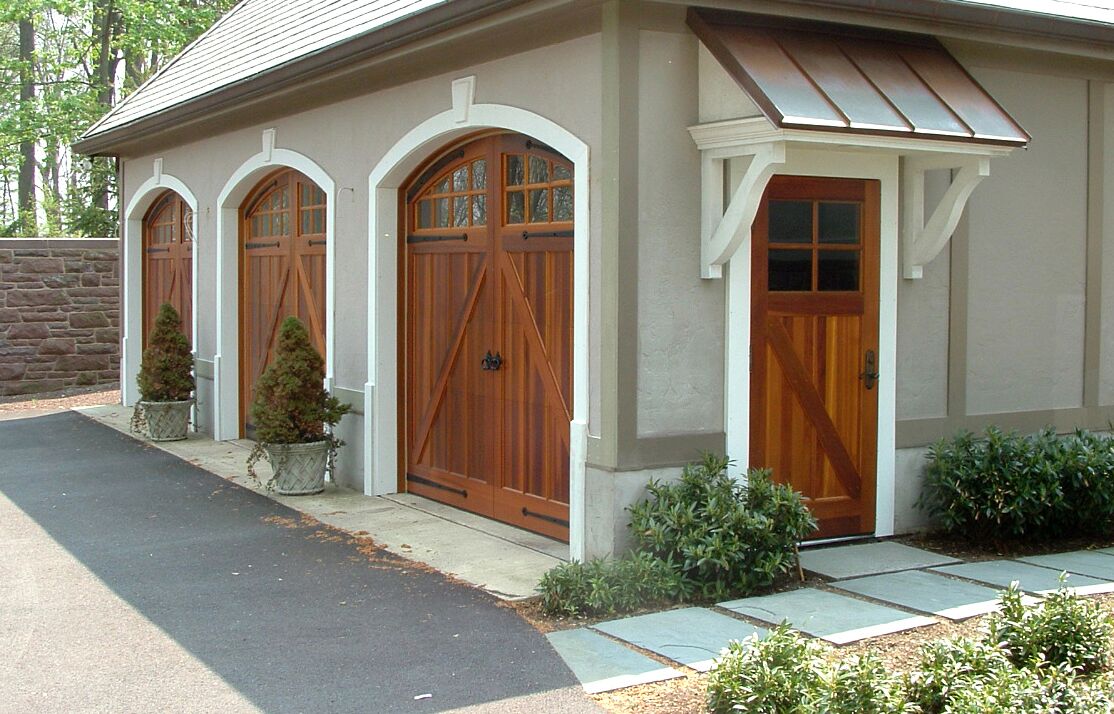
How to Design Garage Doors that Last in Humid Climates
Humid climates pose a unique challenge to builders and architects. It’s no secret that water can be corrosive to many types of materials, and when that water is contained in the air itself, it can damage everything from a home’s siding to its garage door. Humidity allows small water particles to corrode garage doors no matter what they are made from, so it’s vital to design and construct those doors to deal with extreme temperatures and high humidity levels so that the doors can last decades, not only years.
If you are designing a door for a humid climate, we can help. Our team makes custom garage doors for homes in every climate—from the driest dessert region to the humid coasts that have saltwater in the very air. Here’s what you need to know about designing a garage door for humid climates.
How Humidity Damages Garage Doors
Excessive humidity can have detrimental effects on poorly designed and unprotected garage doors over time. Prolonged exposure to high humidity can numerous problems to a door and its components:
- Damage to the materials: many porous materials absorb water, expanding and contracting over time. This can cause cracking, warping, and overall weakening of the materials over time.
- Corrosion and rust: metal components (door hardware, springs, hinges, tracks, etc.) can be susceptible to rust and corrosion when exposed to excess moisture in the air for prolonged periods of time.
- Paints and finish: low quality finishes can flake, warp, lift, bubble, and peel away from the garage door when exposed to water and moisture over time. Once the protective layer of the door is penetrated, the moisture will then damage the materials below it.
- Mold growth: mold needs moisture and high humidity to grow. When garage doors allow water to pool and moisture to remain, mold is the inevitable result.
Can a Garage Door be Designed to Resist These Types of Damage?
Creating a garage door that can last decades is not all about the materials. You can have a real wood door that is not susceptible to rot or warping due to high humidity. It’s all about how the door is designed to handle these types of environments. These design features can include:
- The ability to shed water: trim sections should be designed to be beveled, which will prevent water from pooling and leaking into the door’s inner cavity.
- Proper sealing: all trim boards and sections, windows, routed areas, drip caps, and other components should be properly sealed.
- Venting capabilities: water cannot always be stopped, so it must be redirected and vented out of the door. This can be accomplished with vent holes that facilitate the movement of water in the event that humidity causes moisture to build up.
- Borate rods: inserting these into the door can help prevent fungal decay and mold.
- Powder coated hardware: all hardware, tracks, and any other metal components should be powder coated and made from galvanized steel to protect against high humidity and even saltwater that can be contained within the air of coastal regions.
- Proper staining and finishing: it’s essential to finish a door with a high-quality water-based stain or paint finish in order to completely seal the door and prevent it from damage even after long exposure to high humid environment.








